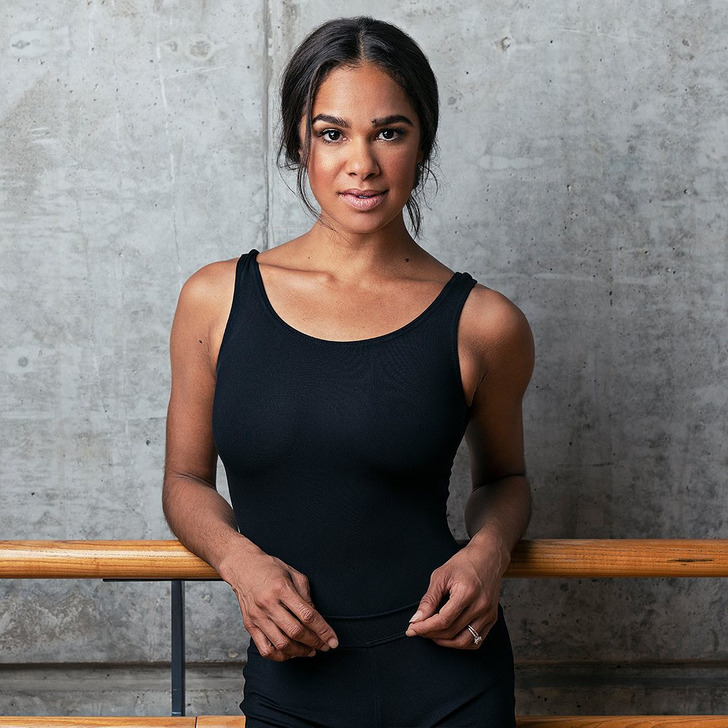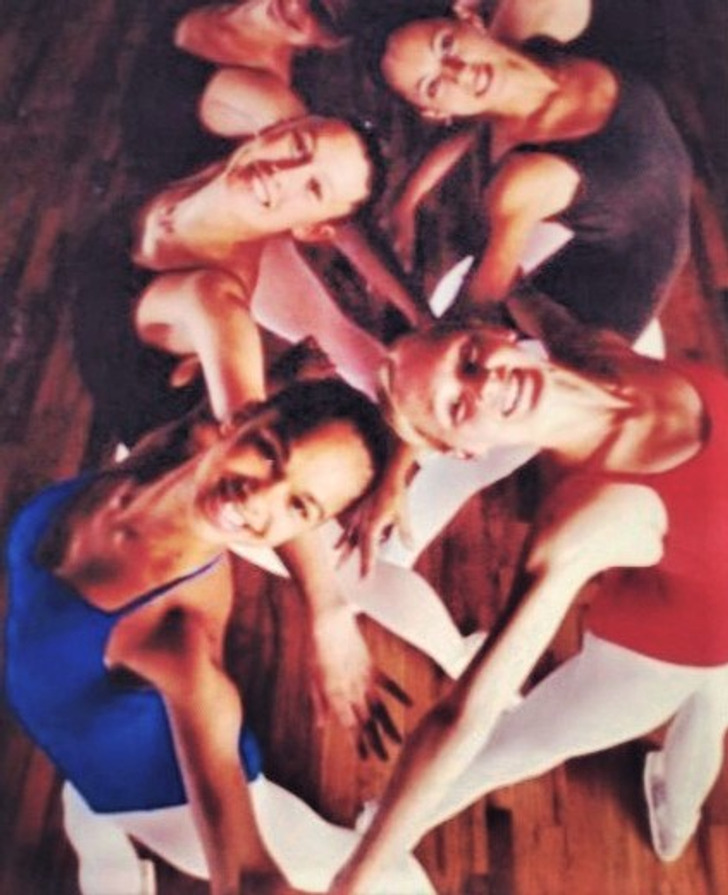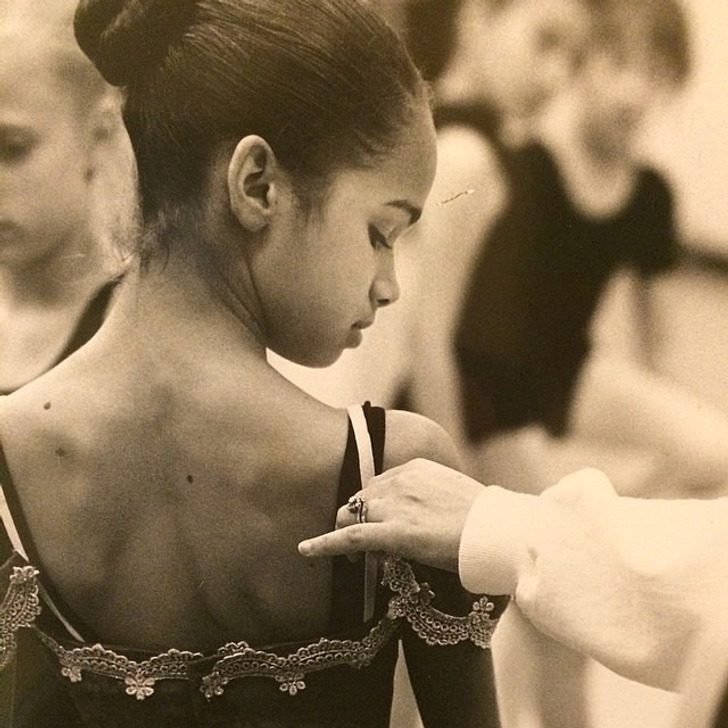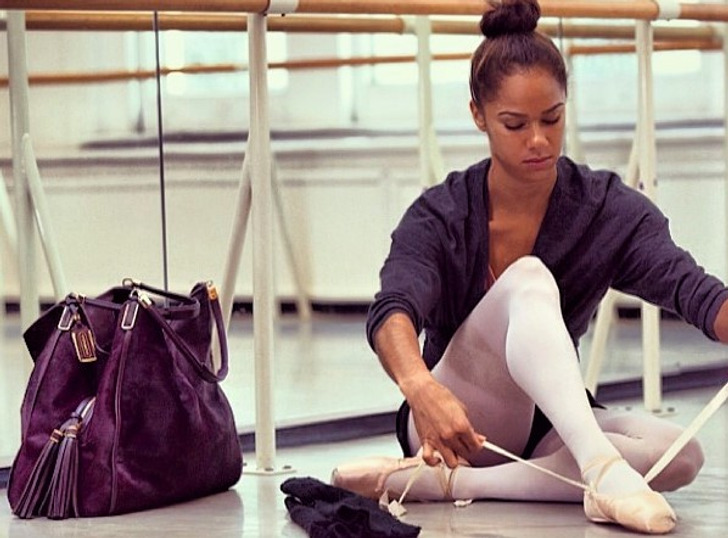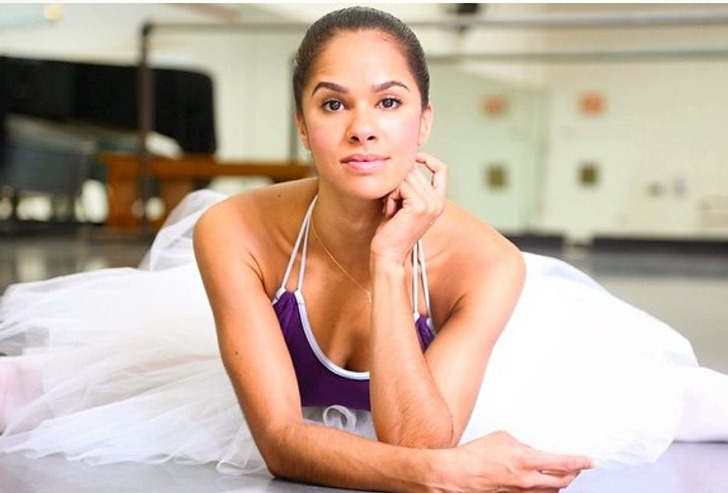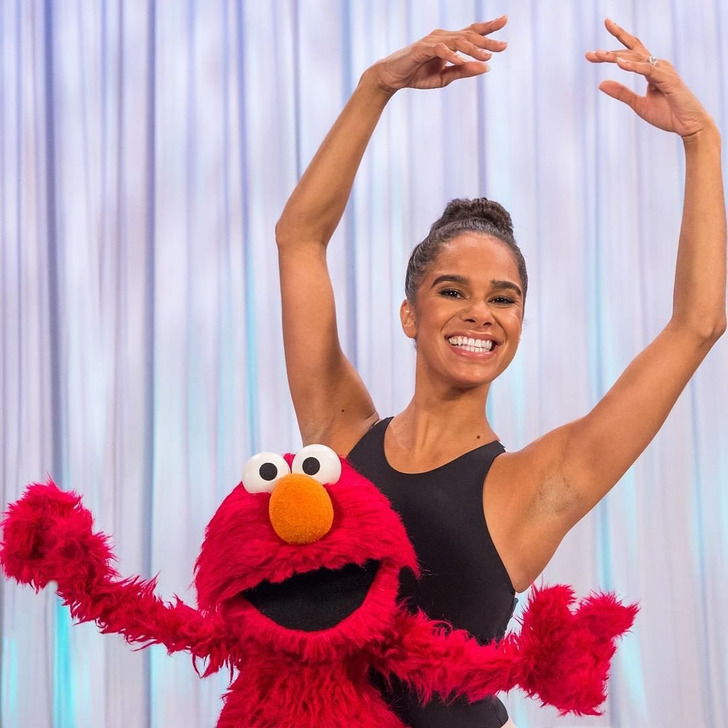The Story of Misty Copeland That First Wore Pointe Shoes at the Age of 13 and Became the First Black Prima of the American Ballet Theatre
Becoming a ballet dancer is not easy. Exhausting workouts, a tough schedule, and deafening anxiety before going on stage are the typical hardships people have to overcome. And becoming successful enough to be a worldwide-known star is something very few can achieve. The person we’re going to tell you about in this article managed to climb to the top of the art. But aside from the usual difficulties, she had to deal with 3 more problems: a late career start, family resistance, and discrimination.
She first entered the ballet class at the age of 13.
Misty Copeland was born in Kansas City, but she spent most of her childhood in California. She grew up in a big family. Her mother, Sylvia DelaCerna, had 6 children, including Misty. Misty said that she had no chance to do professional sports or attend a dancing class. The family had no money — they’d constantly move from one town to another and didn’t always have a place to live in.
Misty has always liked dancing. She adored Nadia Comăneci, and danced to Mariah Carey songs. Finally, she came to audition for the dancing team in middle school. Everyone was so impressed by Misty that she was appointed captain right away, even though she had zero experience.
It was then that Misty was noticed by ballet coach Elizabeth Cantine. She saw a huge potential in her and convinced her to attend a free class in a local club. Copeland was already 13, even though most kids start doing ballet at 3-4. And during this class, coach Cynthia Bradley saw Misty and invited her to her ballet school.
She was in the middle of a custody battle.
Misty’s mom, Sylvia, wasn’t thrilled about her daughter dancing. But coach Bradley convinced her to leave Copeland in the school. She offered to let Misty live with her, so it would be cheaper for the mother. So, Misty moved into Bradley’s house and lived with her on the weekdays, and would return to her mom on the weekends. During the next 3 years, Copeland would conquer stage after stage. And Los Angeles Times named her the best young dancer.
When 1998, Misty returned home, she had a lot of fights with her mom. Sylvia didn’t like how the coach influenced her daughter and decided to end her ballet career. Misty was desperate. She wanted to continue dancing and asked Bradley for help. She helped her file the emancipation petition. So, Sylvia said she could continue dancing ballet, but in a different school. Copeland went to Lauridsen Ballet Centre, where she was taught by the former ABT dancer Diane Lauridsen.
She joined the American Ballet Theatre.
In 1999, Misty had auditions for several dancing programs, and all of them offered her to join for the summer. Copeland chose the American Ballet Theatre, and in September of 2000, she joined the ABT Studio. There, became a member of its Corps de ballet in 2001. As part of the Studio Company, she performed the Pas de Deux in The Sleeping Beauty. Eight months after joining the company, she was sidelined for nearly a year by a lumbar stress fracture.
The puberty body changes were tough on her.
At the age of 19, Misty’s puberty was delayed. Her doctor prescribed her birth control pills to stimulate puberty and help the body strengthen the bones after the lumbar fracture. As a result, Misty put on 10 lbs in a month, and her breast size went to DD.
She was really worried about the fast body changes. It wasn’t according to the ballet aesthetics anymore and Misty was ashamed of herself. It finally led to a binge eating disorder. Her friends and positive feedback from her colleagues helped Misty deal with her emotional problems and accept her own body.
In 2007, she was appointed an ABT soloist.
After a long and hard work, Misty was appointed an ABT soloist. She was the only African-American woman in the dance company which attracted a lot of attention from the press.
During the very first season, Misty got very good reviews about her work. The New York Times praised her work in “Ballo della Regina”, and in 2008, people loved her performance in Don Quixote and Sleeping Beauty.
During the following years, Copeland shone in New York, playing the roles in Swan Lake, Nutcracker, Cinderella, Romeo and Juliet, and many other plays. On top of that, she toured Chicago, Washington, and also China, and Australia.
She was the first African-American woman to be promoted to principal ballerina in ABT’s history.
On June 30, 2015, Misty became the first African-American woman to be promoted to principal ballerina in ABT’s history 75-year history. It was a huge achievement, as there have been very few African-American principal ballerinas at major companies. Debra Austin became a principal at Pennsylvania Ballet in 1982, and Lauren Anderson became a principal at Houston Ballet in 1990.
At the start of the next year, Copeland played the role of Princess Florine in The Sleeping Beauty at the Kennedy Center. Her spring 2016 schedule also included leads in ABT productions of The Firebird, La Fille Mal Gardee, Le Corsaire, The Golden Cockerel, Swan Lake and Romeo and Juliet. In 2017, she appeared as a guest artist with La Scala Theatre Ballet when it visited Southern California.
She openly talks about the hardships black ballet dancers have to deal with.
Misty feels responsible for representation in the ballet industry. As one of the few African-American dancers, she tries to talk more about the position of people of other skin colors. She thinks that it will help the next generation of artists to feel more comfortable. She also believes that inclusiveness should be improved both on the stage and behind it — among artists, directors, teachers, and other participants in the industry.
Even though Misty has achieved tremendous success in her career, she realizes that before her, there were a lot of black ballet dancers that didn’t get the credit they deserved. She talks about them in her book “Black Ballerinas: My Journey to Our Legacy”, which was published in 2021.
In 2022, she had her first child and put her career on hold.
In 2004, Misty met lawyer attorney Olu Evans and they started dating. They hadn’t revealed their relationship to the public for a long time. In 2015, Misty shared the news about their engagement, in 2016, they got married, and in 2022, they had their firstborn, Jackson.
After having a child, Misty decided to leave the stage for some time and focus on her 2 new projects: raising a child and developing her line of clothes, Greatness Wins.
Earlier, in 2011, she presented a line of dancing clothes M by Misty, and in February 2017, a collection of sportswear for Under Armour. After these successful attempts, she decided to create her own brand, and she’s actively developing it now. Considering her decisiveness and persistence, we’re sure she’ll be successful.
What kind of dancing do you enjoy the most?
